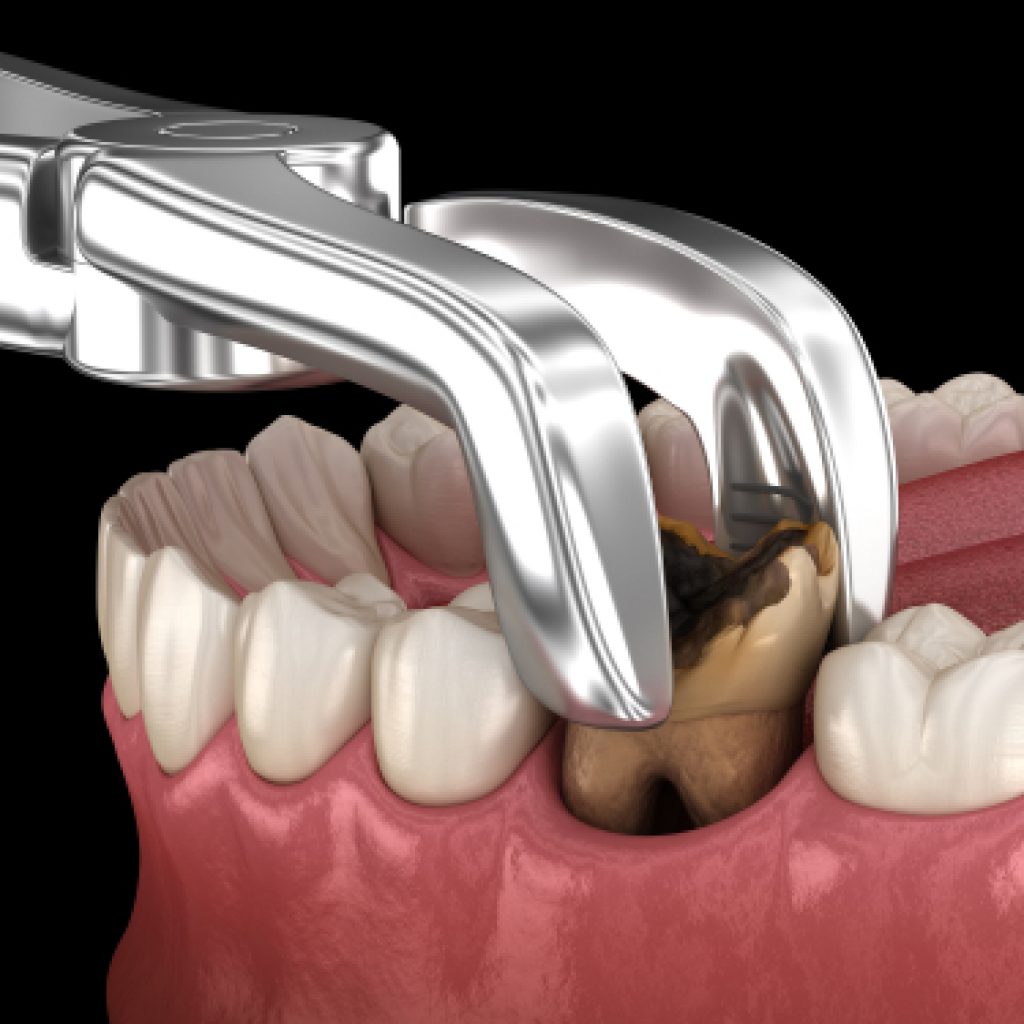
At San Marcos Dental Center, we are committed to delivering top-notch dental and surgical care to our patients. Often, individuals come to us on the recommendation of their general dentist for specific treatments, such as a tooth extraction. While preserving a tooth is always the preferred option, extractions are sometimes necessary to maintain the health of surrounding teeth and gums. Before proceeding with any extraction, our team at San Marcos Dental Center will thoroughly explain the process, post-operative care, and the six most common side effects you may experience.
1. Bleeding
Bleeding is expected after a tooth is removed, but forming a blood clot is crucial to halt it. We’ll have you bite down on a gauze pad for 30-45 minutes before you leave. Should bleeding persist, replace the gauze and continue to apply pressure for another half hour. This step might need to be repeated to ensure clot formation.
2. Swelling
Swelling around the mouth and cheeks is common following an extraction, typically peaking the day after the procedure. Ice packs can be effective in reducing this swelling.
3. Moderate Pain
Experiencing mild to moderate pain subsequent to an extraction is normal. Over-the-counter analgesics, such as paracetamol or ibuprofen, can alleviate discomfort. Adhere strictly to the dosage instructions, and if pain intensifies or persists, don’t hesitate to contact our office.
4. Soreness
Following a tooth extraction, it’s common to experience some soreness and tenderness in the mouth. We advise sticking to a soft diet post-procedure, including foods like soups, smoothies, scrambled eggs, mashed potatoes, soft-cooked vegetables, yogurt, and pasta to ease discomfort.
5. Rinse
Maintaining oral hygiene post-extraction is vital to prevent infection. You may gently brush your teeth on the day of the procedure. Starting the day after, rinse your mouth 5-6 times daily with warm salt water or a prescribed antiseptic rinse to aid healing and fend off infection.
